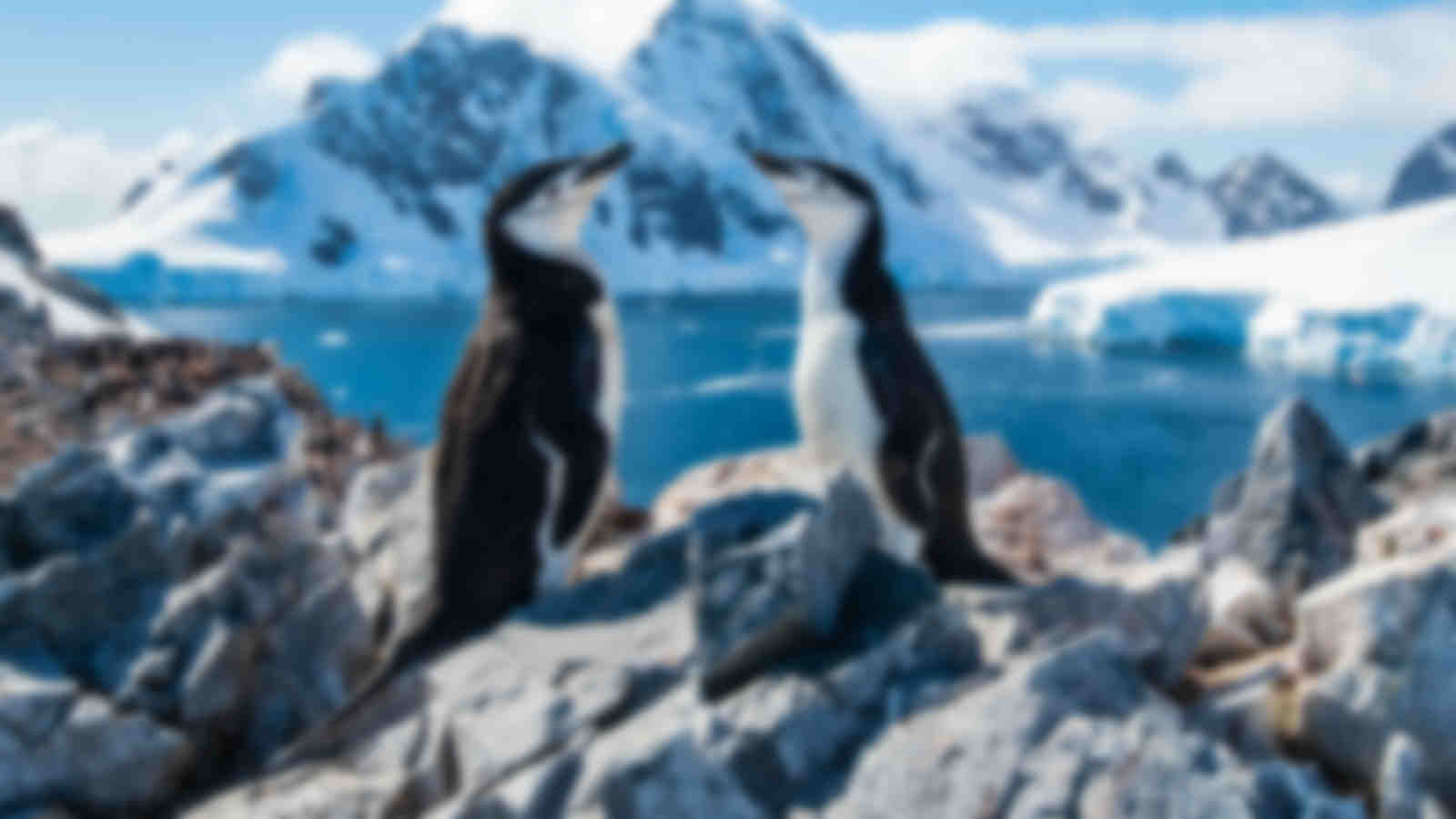
Ortelius Itinerary
Antarctica - Discovery and learning voyage + navigational workshop11 days / 10 nights
About Ortelius
- Refurbished research vessel with three-star accommodation
- Awarded the highest ice-class rating, ensuring safety and comfort
- Equipped with a helicopter pad to facilitate flight transfers
- Enjoy hiking, kayaking, scuba diving, camping, and photography
Ortelius is a refurbished research vessel embarking on adventurous expedition cruises in the polar regions. Awarded the highest ice-class rating, and offering some unique features and amenities – including a helicopter pad and sauna – this vessel combines both comfort and capability during even the remote voyages. As a result, guests can expect to enjoy every moment of their trip, whether lounging in the bar with a cocktail, learning about their surroundings in the lecture room, or embarking on exhilarating activities such as mountaineering, skiing, or scuba diving.
Itinerary details
Highlights
- Visit the former British research station of Port Lockroy
- Encounter humpback and minke whales at Paradise Bay
- Meet the Gentoo penguins nesting on the Danco island
- Mammoth glaciers and endless wind-carved snow at Neko Harbour
- Navigation workshops and presentations on historic Antarctic voyages
Transfer details
Departure
04:00pm
Ushuaia
Ushuaia Airport: USH
Return
09:00am
Ushuaia
Ushuaia Airport: USH
What's included
- Meals and snacks
- Water, tea and coffee
- Towels and toiletries
- Boots and snowshoes
- Land excursions
- Navigational workshop
- Lecture programme
- AECO taxes, fees and port charges
What's not included
- Dive and travel insurance
- Arrival and departure taxes
Optional Extras
- Single supplement
- Alcoholic drinks
- Gratuities
- Meals ashore
- Laundry services
- Phone and internet
- Airfares
- Diving, camping and kayaking if available
- Group transfers
Diving environments
Payment & cancellation terms
- Up to and including 90 days prior to departure: 20% of the total price.
- From 89 days up to and including 60 days prior to departure: 50% of the total price.
- From 59 days up to and including the day of departure: 100% of the total price.
Group bookings - separate payment and cancellation terms may apply.
Contact the ZuBlu travel team if you have any questions about payment terms and cancellation.
80% balance - due 60 days prior to departure.
Bookings received less than 60 days before departure require payment in full to secure reservation.